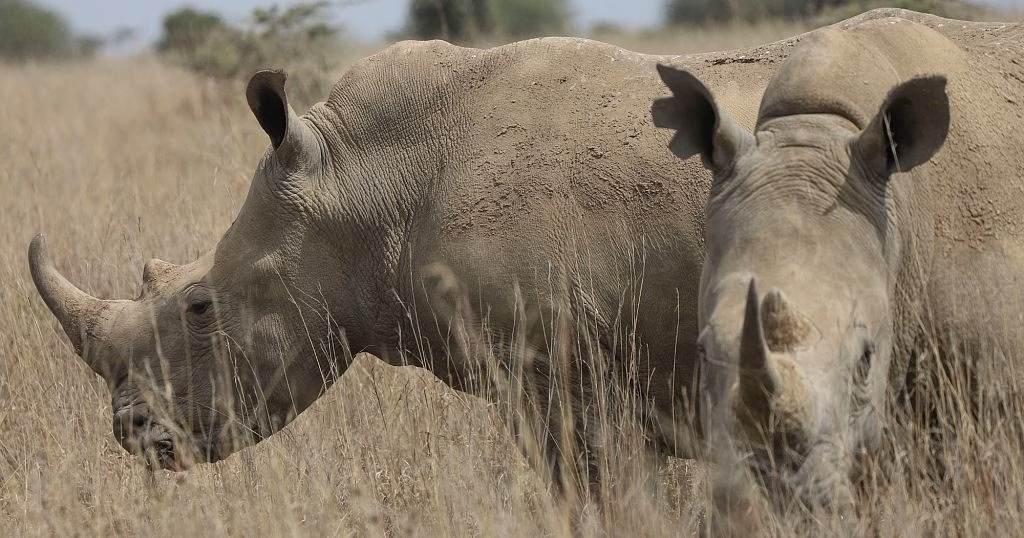Conservation Efforts Pay Off: Kenya’s Rhinos Make a Comeback
In a groundbreaking operation, conservationists in Kenya’s Meru County are working tirelessly to save the country’s rhino population. The process, known as "ear notching," involves sedating the rhinos and cutting a unique shape into their ears, creating a kind of fingerprint that helps track and monitor each individual. This innovative approach, combined with the use of technology such as thermal cameras, has been instrumental in reducing poaching incidents and allowing the rhino population to recover.
According to Dominic Maringa, Head of Conservation and Wildlife at Lewa Conservancy, "We carry out this rhino notching exercise after every two years to ensure we can identify individual rhinos and monitor their numbers." The conservancy’s efforts have paid off, with the calving rate of rhinos increasing significantly due to the viable ecosystem support. Maringa’s team has successfully notched 46 rhinos so far this year, bringing the total number of identified individuals to a new high.
Kenya’s rhinos were once critically endangered, with tens of thousands wiped out by poachers in the 1970s. However, thanks to concerted conservation efforts, the country has made significant strides in protecting its rhino population. Phillip Muruthi, Vice President of the Africa Wildlife Foundation, notes that Kenya has achieved a key landmark of 1,000 black rhinos, with a total of around 2,100 rhinos now living in the country. The use of thermal cameras has also been instrumental in reducing poaching incidents, with two reserves reporting no rhino poaching since 2017 and 2023, respectively.
The ear notching initiative has been crucial in managing the rhino population and preventing genetic bottlenecks. Muruthi explains, "The smaller the population of a species, the more important it is to manage it biologically. Ear notching helps us identify individual rhinos and prevent inbreeding, allowing the population to grow faster and healthier." While there are some risks associated with the process, mistakes are rare, and the benefits far outweigh the drawbacks.
Kenya’s conservation efforts have yielded remarkable results, with the country recording zero poaching incidents in 2020. The success of these initiatives has turned a new page in the story of Kenya’s rhinos, from near extinction to cautious revival. As the country continues to protect and conserve its rhino population, the future looks brighter for these majestic creatures. With each ear marked and each calf born, Kenya’s rhino story is being rewritten, one that is marked by scars, science, and determined stewardship.
